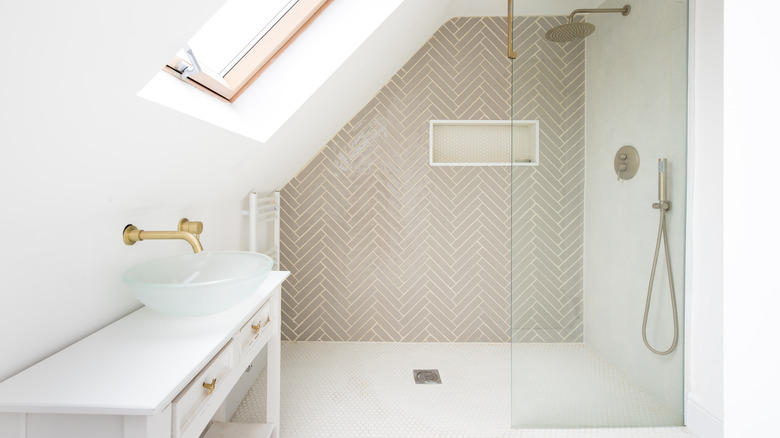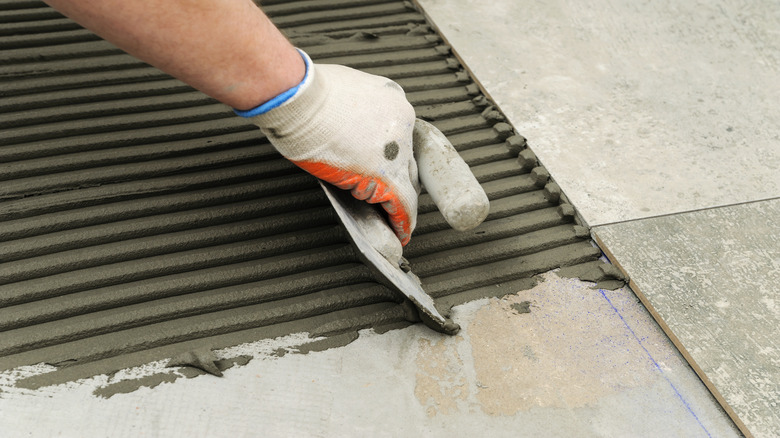Why Waterproofing Concrete Is An Essential Step Before Laying Tile
Imagine laying a beautiful tile on your bathroom or kitchen floor, only to discover cracks and damage after just a few months. The likely culprit? Water. Concrete is a strong and durable material, but it is also porous. This means that water can seep through it, causing damage over time. If you don't waterproof your concrete before laying tiles, you risk water damage that can ruin your installation and lead to costly repairs.
Waterproofing concrete creates a barrier that prevents water from penetrating the surface. This is especially important in areas like bathrooms, kitchens, or outdoor spaces, where water exposure is frequent. By waterproofing, you protect both the concrete and the tiles above it. Without this essential step, moisture can cause the concrete to crack, which can cause the tiles to shift, crack, or even detach completely. Also, persistent moisture can lead to mold and mildew growth, affecting the aesthetics and posing health risks.
How to waterproof concrete before tiling
Waterproofing concrete before tiling involves applying a waterproof membrane or coating. Start by cleaning the concrete surface, removing any dirt, grease, or loose particles. Use a broom or vacuum to remove loose particles and clean any stains or grime with detergent. Ensure the surface is completely dry before moving on to the next step to ensure that the waterproofing product adheres properly to the concrete.
Next, apply a waterproofing membrane. This membrane acts as a shield to block water from seeping through the concrete. Use a brush or roller to spread the membrane evenly across the surface, covering all areas. Apply at least two coats, letting each coat dry completely before adding the next one. Most waterproofing products need 24 to 72 hours to dry thoroughly, but check the manufacturer's instructions to ensure proper drying time.
Finally, check for any gaps or cracks and fill them with waterproof caulk to ensure a complete seal. With the concrete now protected, you can confidently lay your tiles for a perfect floor installation, knowing they will stay in place and free from water damage for years.

